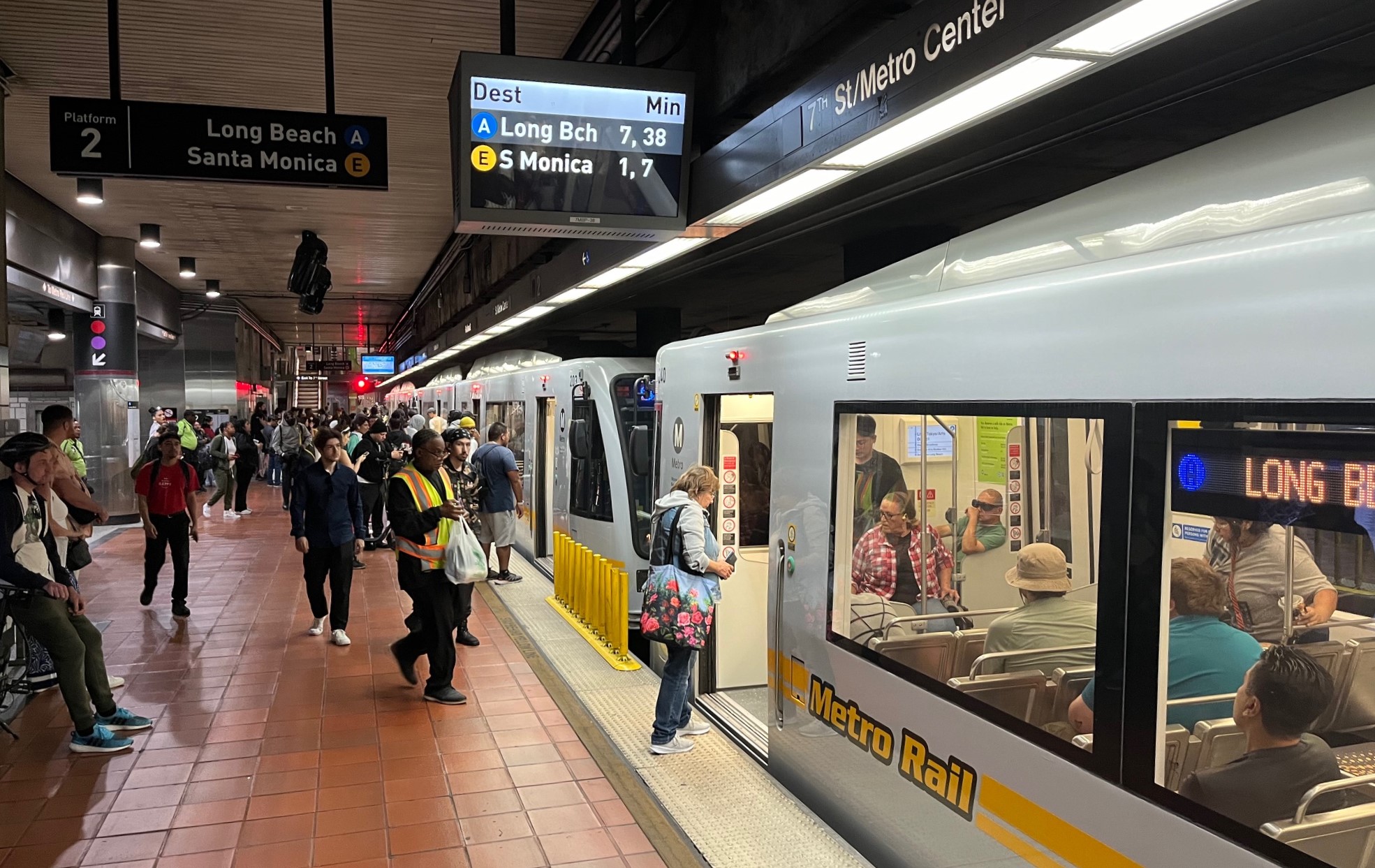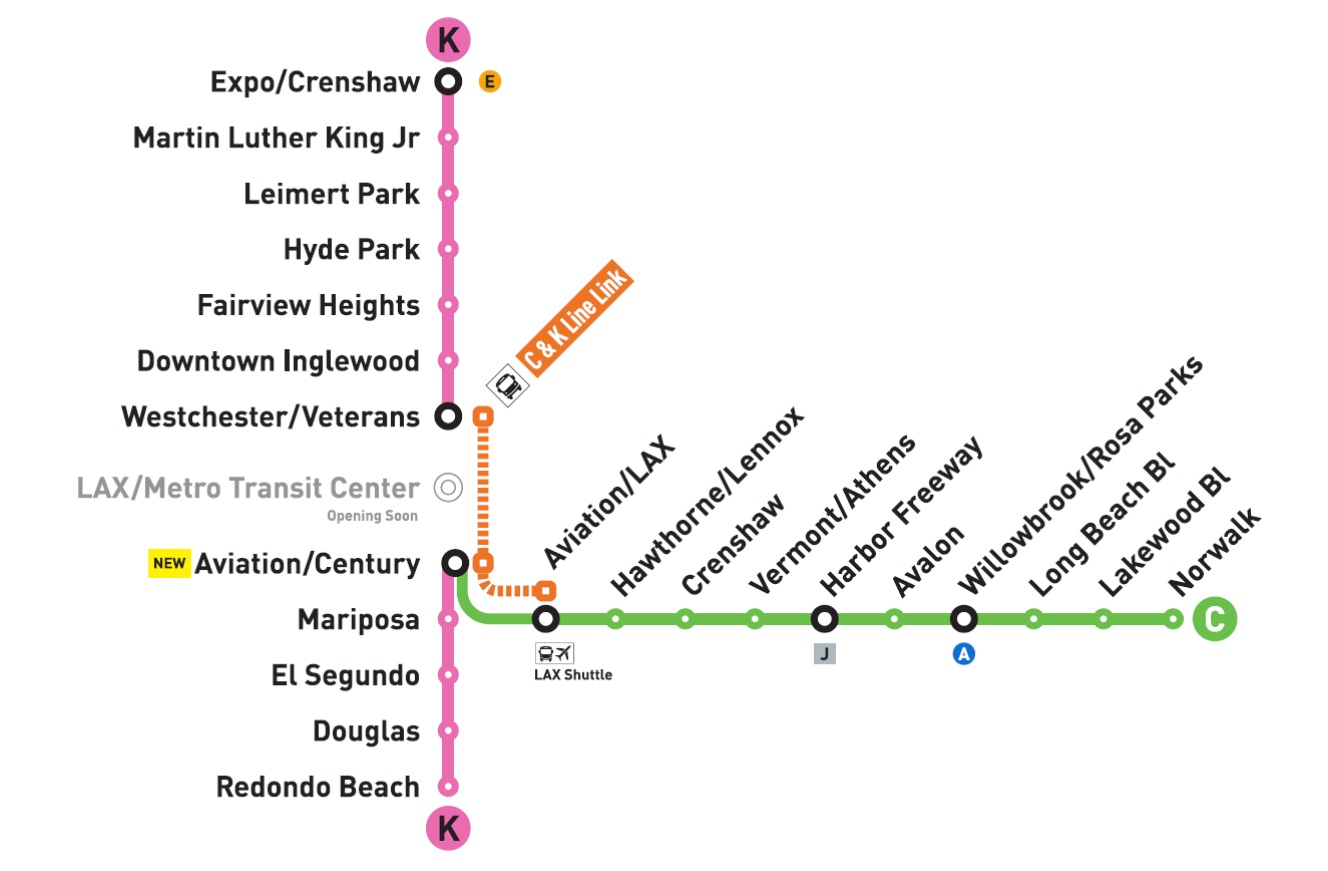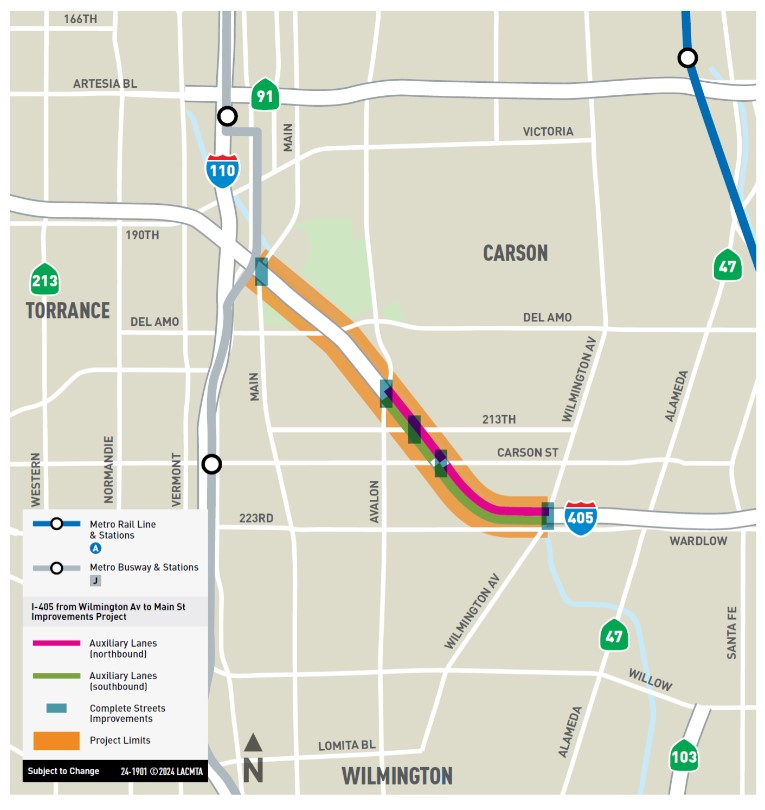When driverless cars hit the market (which may not be as soon as advertised), nobody denies that they will change transportation planning.

But let's put one claim to rest: Driverless cars will not make transit obsolete, especially not high-capacity transit serving dense urban areas.
Bryan Mistele, CEO of traffic data firm Inrix, recently placed a piece in the notoriously anti-transit Seattle Times arguing that the region's $53 billion light rail expansion plan, known as ST3, could be "obsolete" by the time it's finished.
Brent White at Seattle Transit Blog debunks the argument:
The claim that autonomous vehicles will render fixed-route transit obsolete is particularly unfounded, with basic geometric facts providing the reality check. Yet nonetheless the argument has become a trendy political talking point, as Fortune documented back in 2014. Generously assume that “small form factor” vehicles succeed in doubling vehicle throughput capacity (a big if!). Then assume a standard vehicle occupancy rate of 1.5. Assuming these two factors, the capacity test for autonomous vehicles as congestion reducers and transit replacers is whether or not transit could reliably carry more than 3 people in the same space. That’s a laughably low bar for any urban transit agency. And for a central city like Seattle’s, with 35% of people already taking transit while using 10% of the space? Any major transfer of people from transit to small autonomous vehicles would represent a loss of capacity, not a gain.
A further problem with autonomous car technology is that it is being designed around the paradigm of maximizing efficient and safe flow of cars around each other (and talking to each other, presumably using a master protocol agreed to among all manufacturers). There have even been calls for removing traffic lights from city intersections to provide continuous flow of autonomous vehicles, to the direct detriment of people walking and biking. A team at MIT went so far as to model how autonomous cars could go around each other at intersections, and forgot to add pedestrians and bicyclists entirely, as chronicled by Citylab.
From the get-go, designers of autonomous vehicles have focused on replacing human-driven cars. Those who extend that mission to replacing bikes, buses, trains, and walking have missed an important point: Driverless cars can take up less space than human-driven cars, but they just don’t take up less space than crowds of pedestrians, bikes, buses, and certainly not grade-separated trains stuffed with hundreds of passengers. Smarter investors will sense an opportunity to apply the technology broadly to transit, and work with transit agencies to improve automatic train and bus control technology rather than antagonize these agencies based on poorly-thought-out ideological notions of forcing everyone into cars.
Elsewhere on the Network today: Mobility Lab reports on how American military bases are improving for walking and biking. And Urban Edge considers why Black Lives Matter protests occupy highways.




